On March 28, 2024, in Hanoi , the United Nations Development Programme (UNDP) Vietnam organized a technical meeting on the roadmap for transitioning from coal-fired power generation to sustainable alternatives.
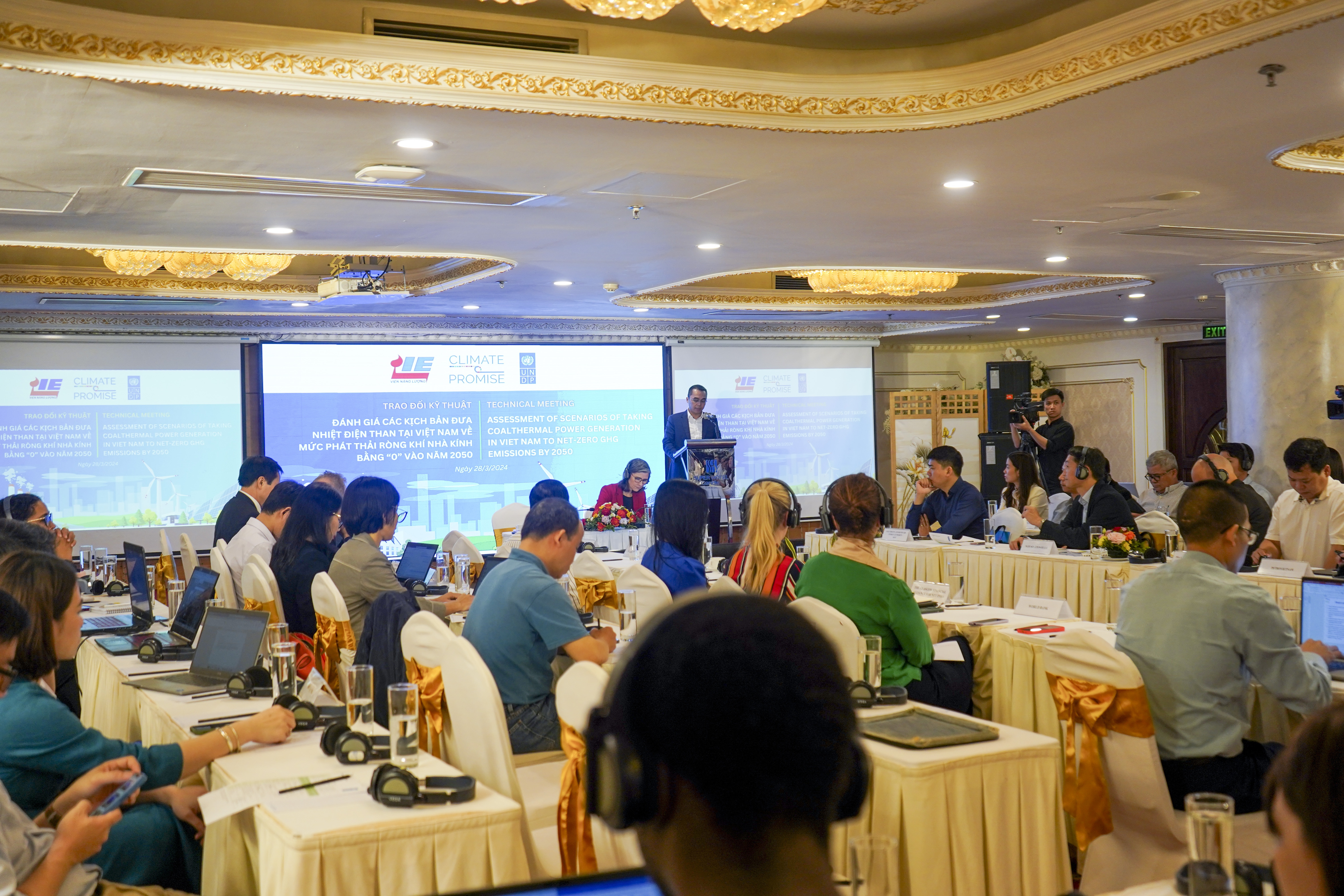 |
The objective of this technical meeting is to provide updates on policies and technologies for the decommissioning of coal-fired power plants, international best practices (BAT), costs, benefits, and potential impacts of the decommissioning process, and to discuss different options for decommissioning, repurposing, and upgrading various types of coal-fired power plants.
The meeting also facilitated connections between power plant owners and potential investors and financial institutions to explore future investment opportunities for the transition of coal-fired power plants.
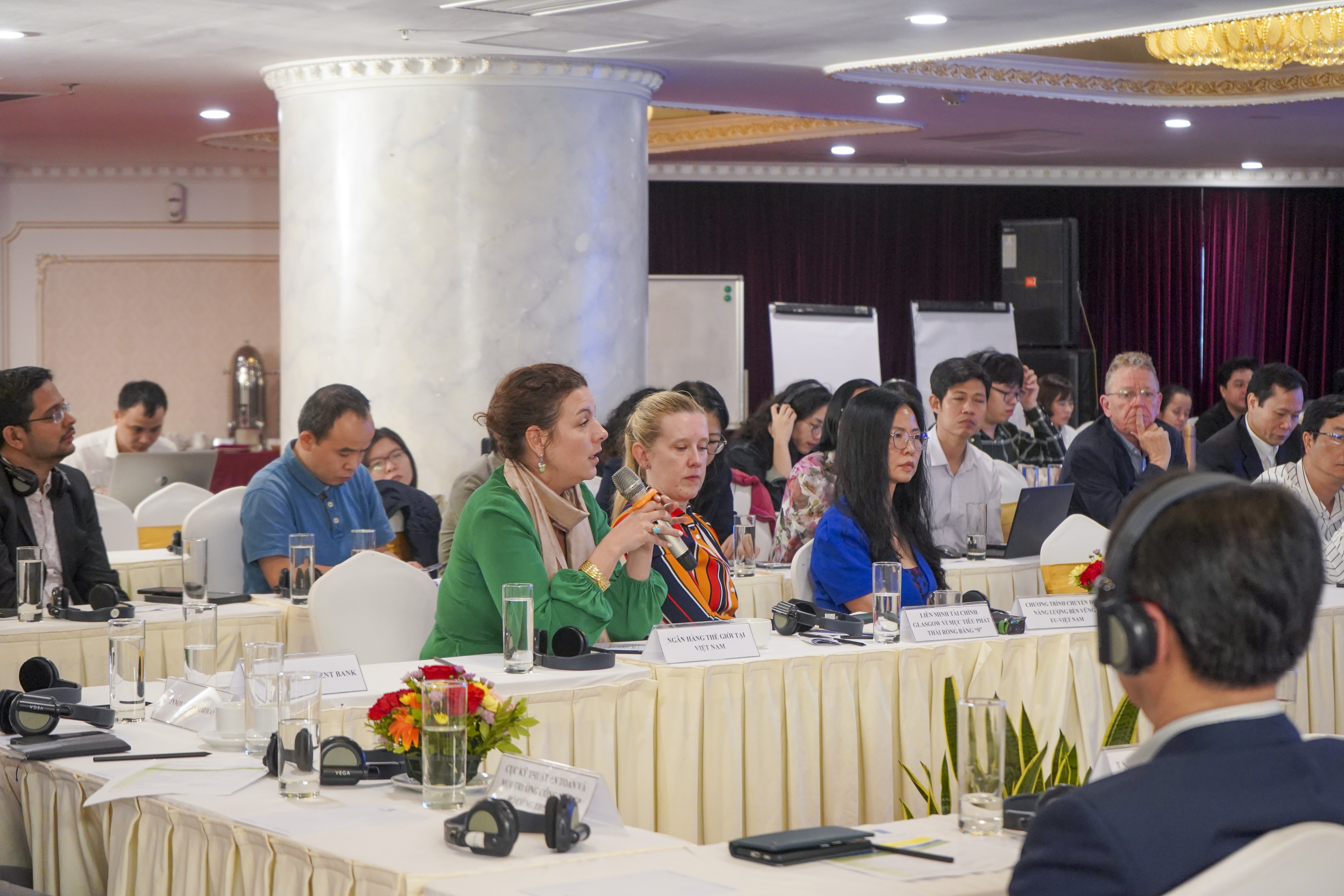 |
This meeting brought together key stakeholders from diverse sectors, including government agencies, members of the International Partnership Group (IPG) and GFANZ, coal-fired power plants, financial institutions, banks, investors, development partners, and non-governmental organizations, to discuss the results of a comprehensive case study.
The study proposed feasible transition pathways for Vietnam's large coal-fired power plants, specifically the Pha Lai, Cao Ngan, and Van Phong plants, based on an assessment of the potential impacts, costs, and benefits of different energy transition options.
Strategies such as biomass co-burning, transition to LNG power generation, and integration of renewable resources, along with advanced technologies like Battery Energy Storage Systems (BESS) and Carbon Capture, Utilization and Storage (CCUS), were analyzed and evaluated by the speakers. In addition, representatives from the ADB shared the experiences of Indonesia and the Philippines regarding energy transition mechanisms; and representatives from the World Bank shared preliminary research findings on transition solutions for the Ninh Binh coal-fired power plant.
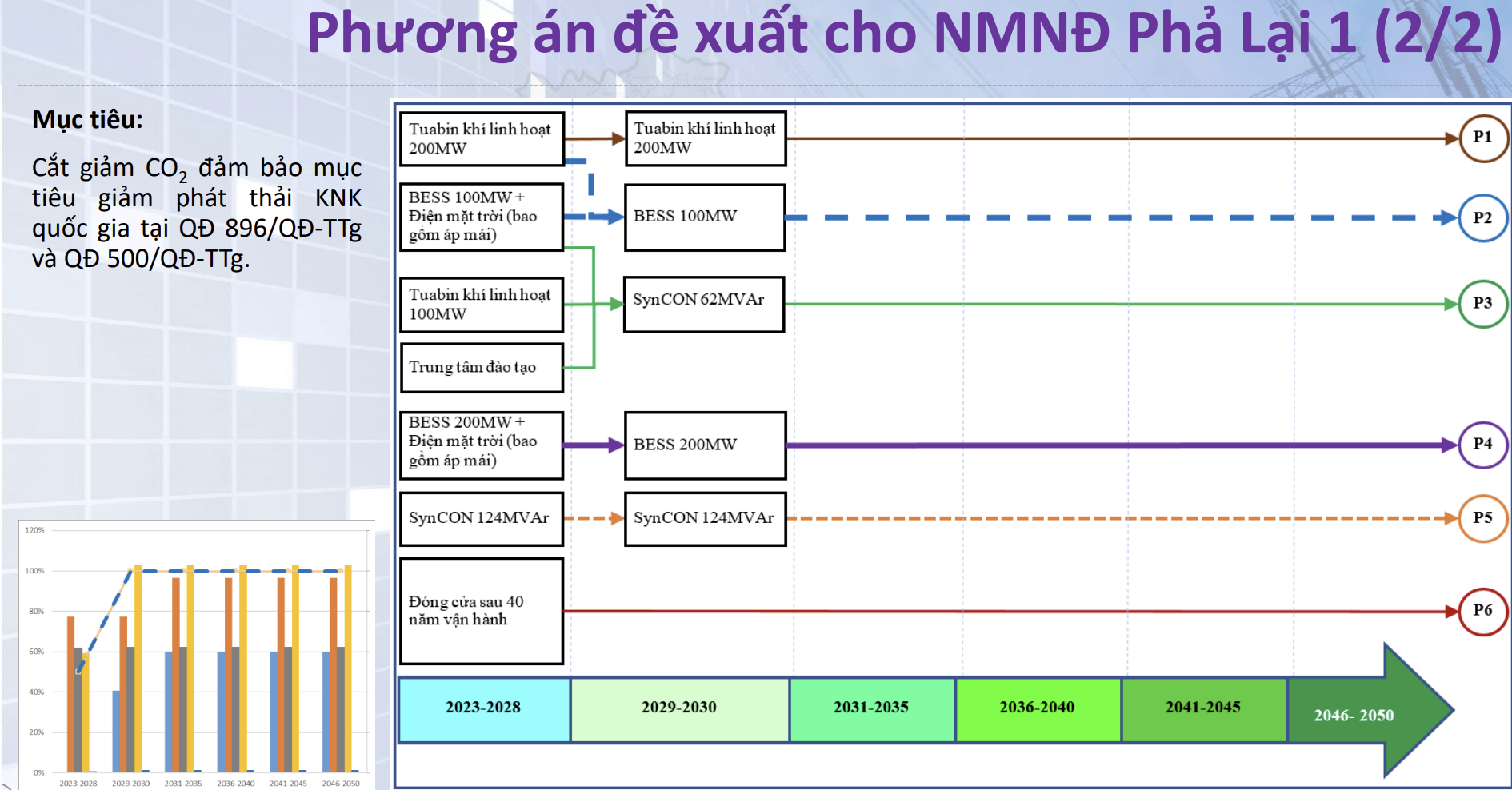 |
This research report focuses on the Pha Lai thermal power plant, including the Pha Lai 1 and Pha Lai 2 coal-fired power plants. For Pha Lai 1, with a capacity of 440 MW, the oldest thermal power plant having operated for nearly 40 years (listed for decommissioning under Decision 500/QD-TTg), the study suggests the possibility of integrating suitable conversion technologies to cleaner technologies such as flexible gas turbine units combined with BESS and solar power, or BESS combined with solar power and SynCON.
Meanwhile, the Pha Lai 2 plant, with a capacity of 600MW and having been in operation for 23 years, also requires conversion. The study outlines several pathways under consideration for Pha Lai 2, including NH3 co-firing or flexible gas turbines, or BESS combined with flexible gas turbines and solar power, or BESS combined with gas turbines and SynCON. These strategies are not only beneficial to the environment by significantly reducing greenhouse gas emissions but are also crucial for enhancing energy security and the sustainability of the sector.
In the case of the Cao Ngan power plant, its central location in Thai Nguyen city necessitates strict adherence to environmental standards. The study emphasizes the plant's potential for integration with renewable energy sources. It also points to the potential for combining solar and wind energy into existing power generation systems, enhanced by advanced Battery Energy Storage Systems (BESS) and Carbon Capture, Utilization, and Storage (CCUS) technologies. This approach could serve as a model for balancing energy production with environmental protection.
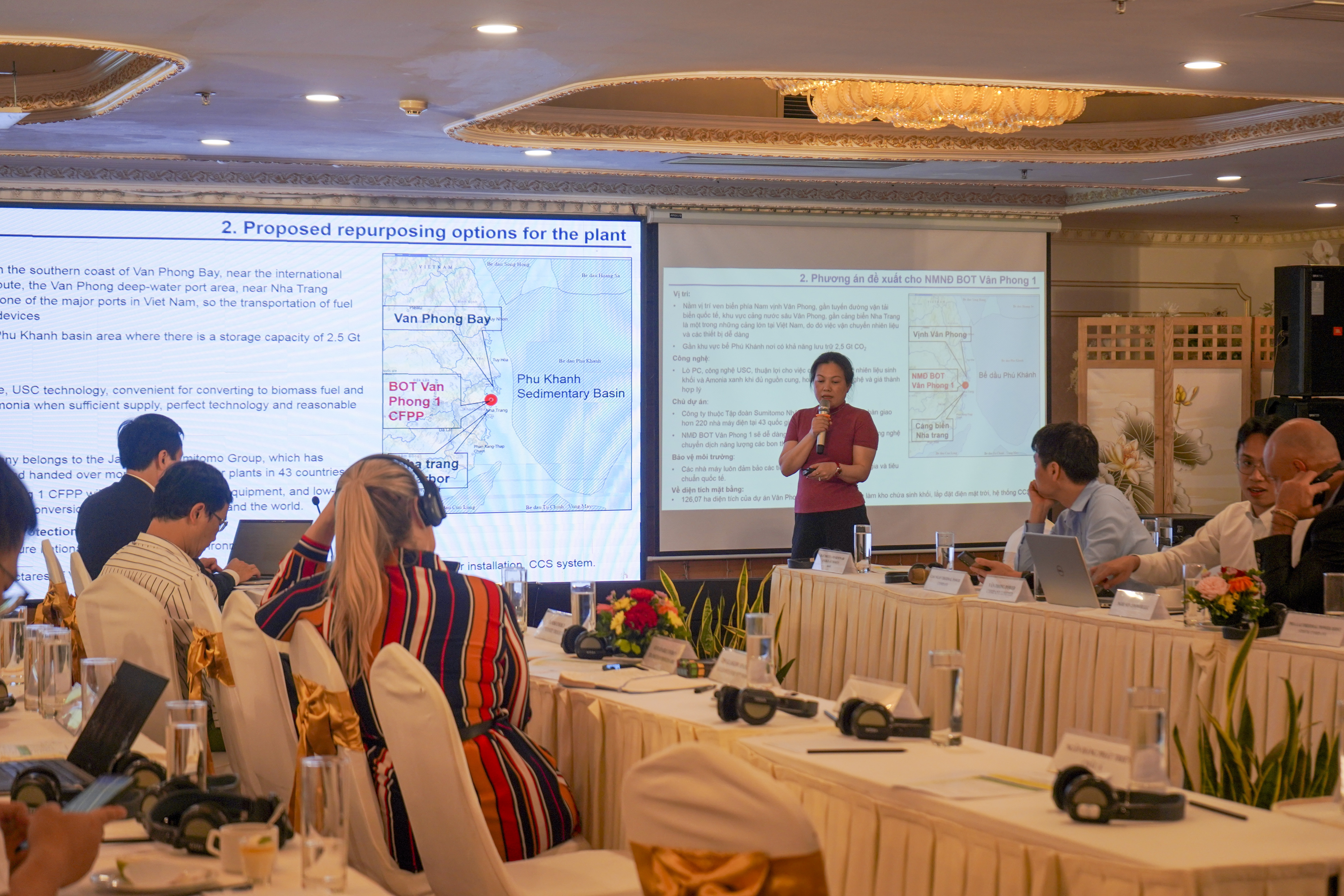 |
For the Van Phong 1 BOT coal-fired power plant, the newest and largest plant is ideally located for integrating solar power and biomass co-combustion. In-depth analysis of various conversion options is needed, including pioneering the use of small-scale nuclear power and repurposing the plant to accommodate emerging technologies. The plant's location near the Phu Khanh oil reservoir could be used as a CO2 storage site. These conversion measures align with Vietnam's emission reduction targets and promise to revitalize the local economy and foster technological innovation. However, with any proposed solution, legal issues related to the BOT contract will arise and require renegotiation.
At the meeting, delegates also discussed international best practices, technological advancements, and financing models to support Vietnam's energy transition.
“Our reliance on coal-fired power generation poses significant challenges to sustainable development and energy security. The phasing out of coal is a necessity, not an option, to reduce carbon emissions for the Vietnamese economy and achieve net-zero emissions,” said Ramla Khalidi, Resident Representative of UNDP Vietnam, emphasizing the importance of coordinated efforts among stakeholders to mitigate these challenges and the need for a fair and inclusive transition.
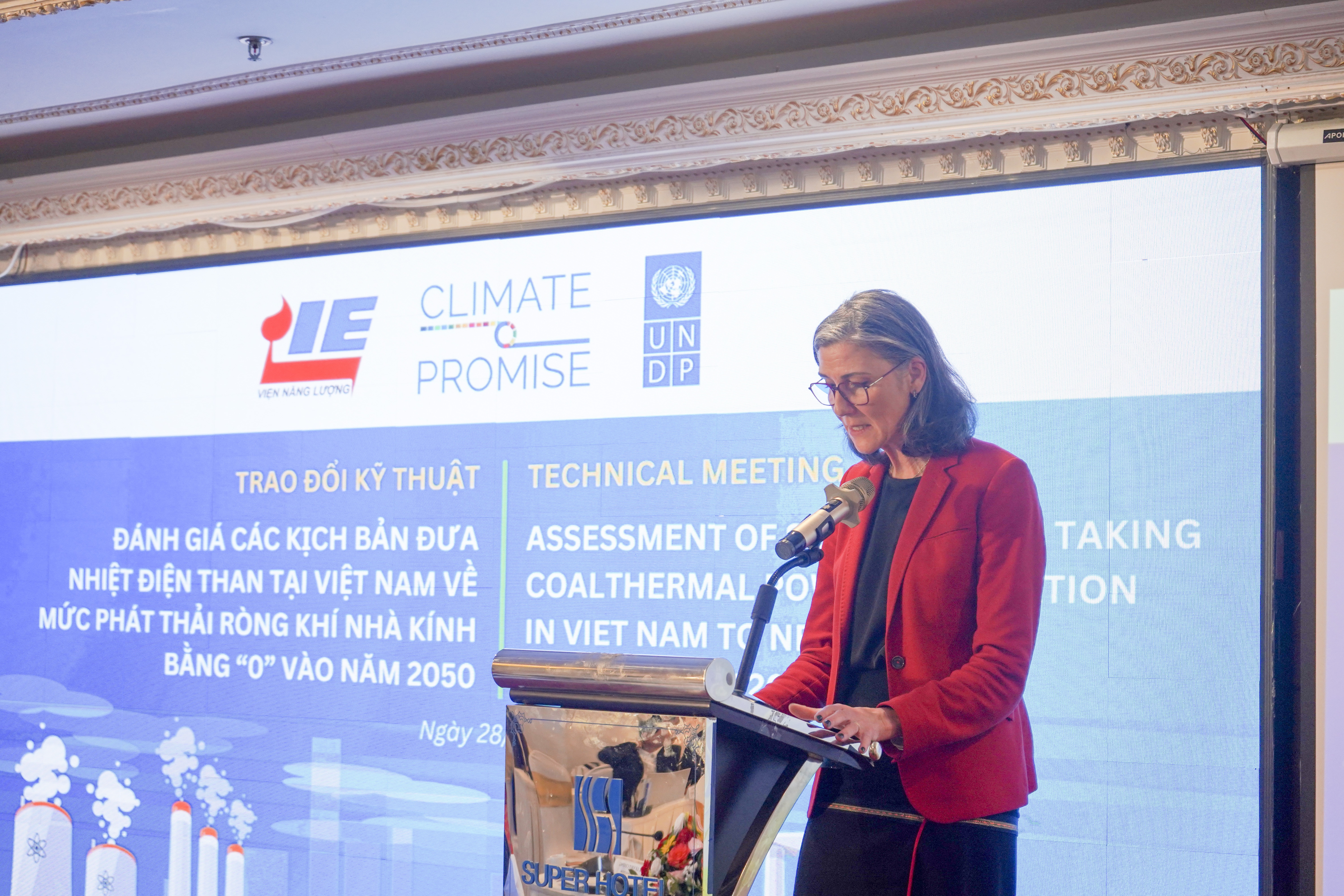 |
“A large number of workers directly or indirectly involved in coal mining, transportation, and power generation, particularly in remote areas, could be affected by the cessation of coal use. Therefore, it is crucial to provide retraining and reskill support to affected workers and communities, and it is essential to ensure their participation and benefit from this transition,” said Ramla Khalidi.
As Vietnam aims to achieve net-zero emissions by 2050, the outcomes of this technical meeting are expected to significantly contribute to shaping a fair and equitable energy transition roadmap in Vietnam and beyond.Source link








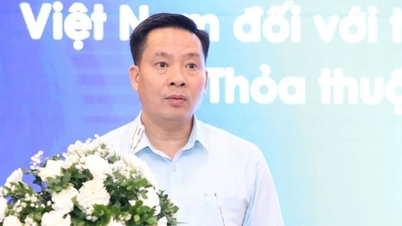

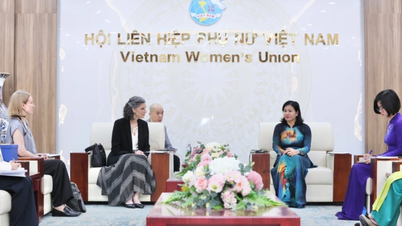

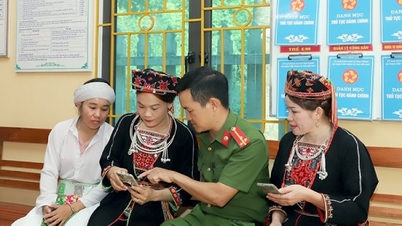

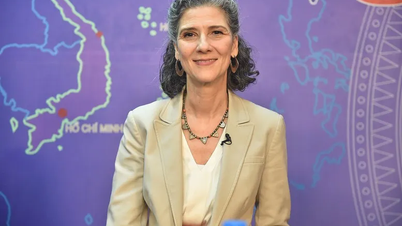

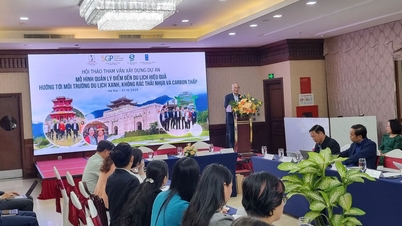
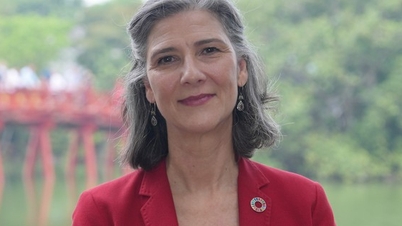














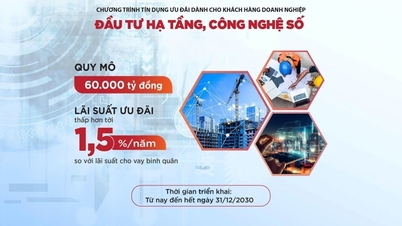




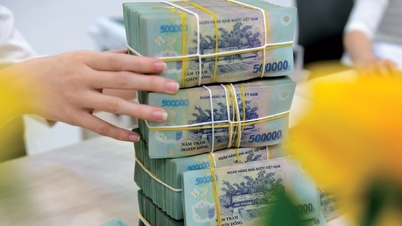

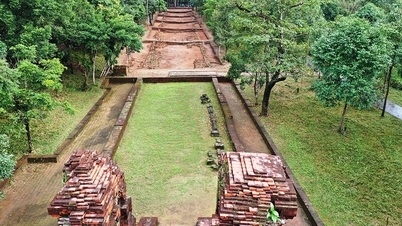

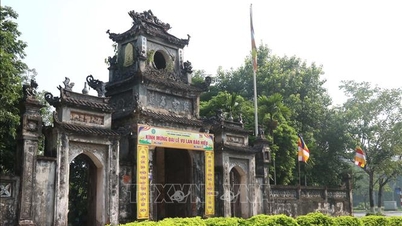
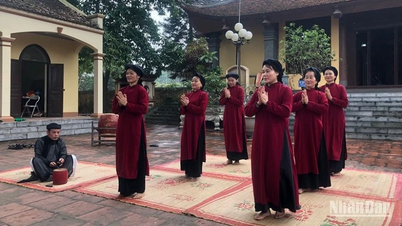






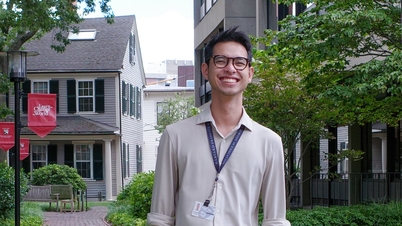


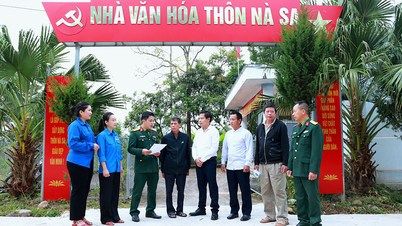


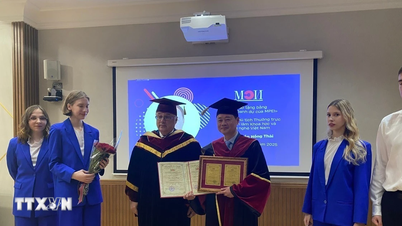


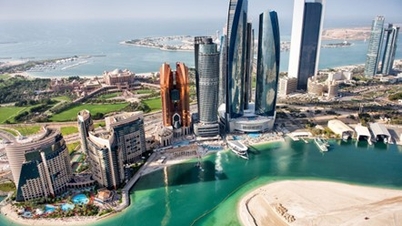






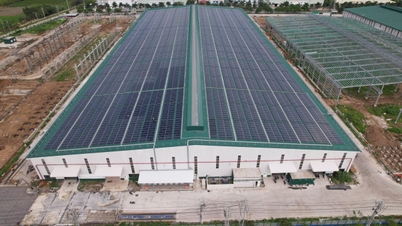








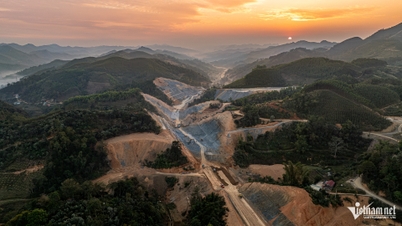


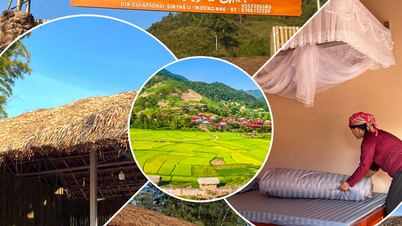



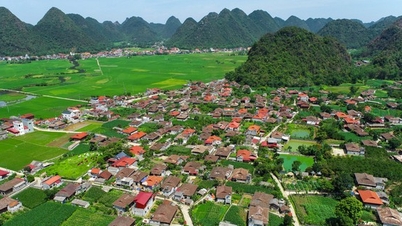
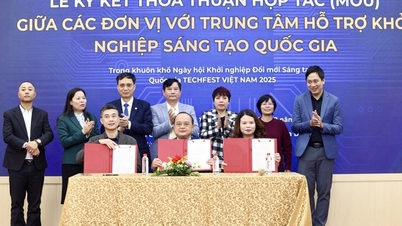







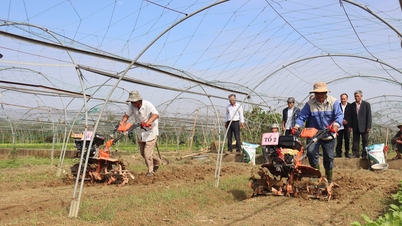

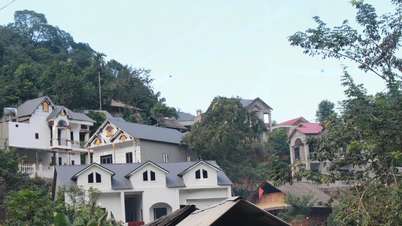















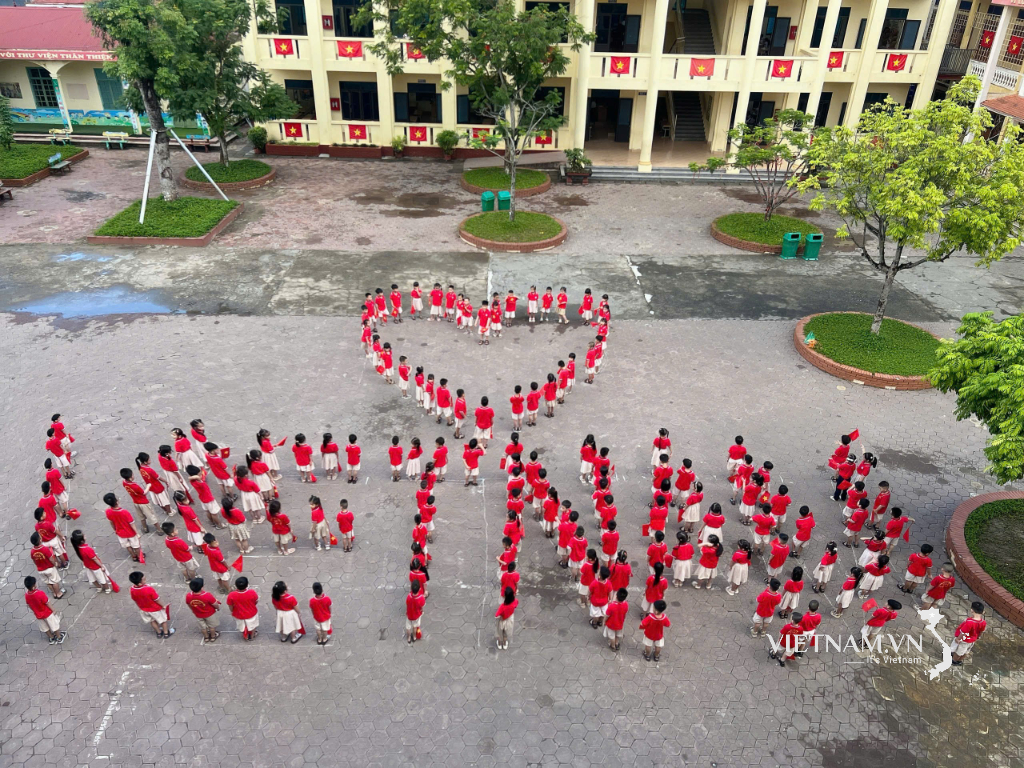
Comment (0)